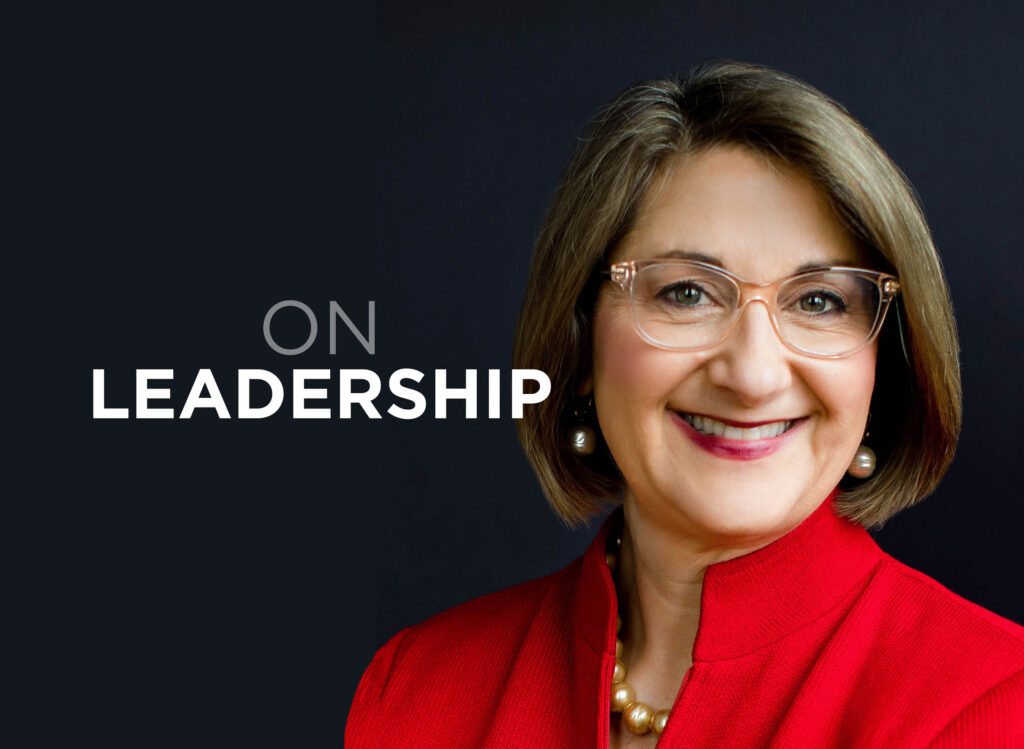THE ELBERT FILES: What’s our megaregion?

America was divided into colonies during the 1700s and into states in the century that followed. Regional groupings among adjacent cities and across state lines began appearing in the 20th century as a tool for more efficient delivery of public services. As we move into the 21st century, “megaregion” is the new catchphrase.
But what exactly is a megaregion? And which one, or ones, encompass Des Moines?
Answers vary.
Management and culture guru Richard Florida has written that today’s megaregions range in size from 10 million to 50 million people and are locations that seek to “harness human creativity on a massive scale.” Separately, a transportation-oriented group called the Regional Plan Association (RPA) uses broader numbers of 7 million to 63 million people. The RPA identifies 11 such geographic areas in the United States that have common economic and transportation agendas. You can find them online by Googling “megaregion.”
The idea of lumping multistate areas into megaregions makes sense at a time when neither policy nor problems recognize political boundaries, said Jay Byers, CEO of the Greater Des Moines Partnership.
The idea, he said, is that by thinking and acting as megaregions, communities enhance their ability to solve common problems that range from transportation and immigration issues, to trade policy and water concerns.
“These aren’t hard and fast boundaries,” Byers said. “Just because you are part of one megaregion doesn’t mean you can’t be part of another.”
In fact, the Des Moines metro area identifies with two megaregions.
One is called the Great Lakes Megaregion. It’s the largest of the RPA’s 11 megaregions in both size and population. The Great Lakes Megaregion has a population of roughly 57 million, or about 4 million more than the Northeast Megaregion that runs from Washington, D.C., through Philadelphia, New York City and Boston. The Great Lakes area includes all or parts of 12 states, stretching from western New York to parts of Iowa and Minnesota and running as far south as Missouri and northern Kentucky.
The concept of a Great Lakes Megaregion has gained currency in the last half-dozen or so years as a fulcrum for launching the old “Rust Belt” into the 21st century. A key piece of the strategy involves re-educating factory workers, or the children of factory workers, to become leaders in the new information economy.
Not surprisingly Iowa, with its long traditions of equipment and appliance manufacturing, has a lot in common with the automaking states of Michigan, Ohio and others, Byers said.
But, he added, more recent traditions of high-tech agriculture, biosciences and entrepreneurialism, pull the metro area in different direction.
Those factors align us with the concerns of business leaders in the Kansas City area, who recently began laying groundwork for a new megaregion that would also include St. Louis, Des Moines and Omaha.
That group has yet to adopt a specific brand, but Byers expects it to eventually be known as a “Heartland” megaregion.
“It will be bigger than just advocacy at the federal level,” he said. “We are also looking at what we can be doing with our own states to improve the regional business climate and global competitiveness.”
Being part of a recognizable, larger geographic area will make it easier for Iowa businesses to open doors in China, India, Brazil and other emerging markets, Byers said.
It should also help open doors closer to home as the area becomes better known as a growing hub of information technology and bio-sciences, as well as focusing attention on the need for improved regional rail service, he said.







